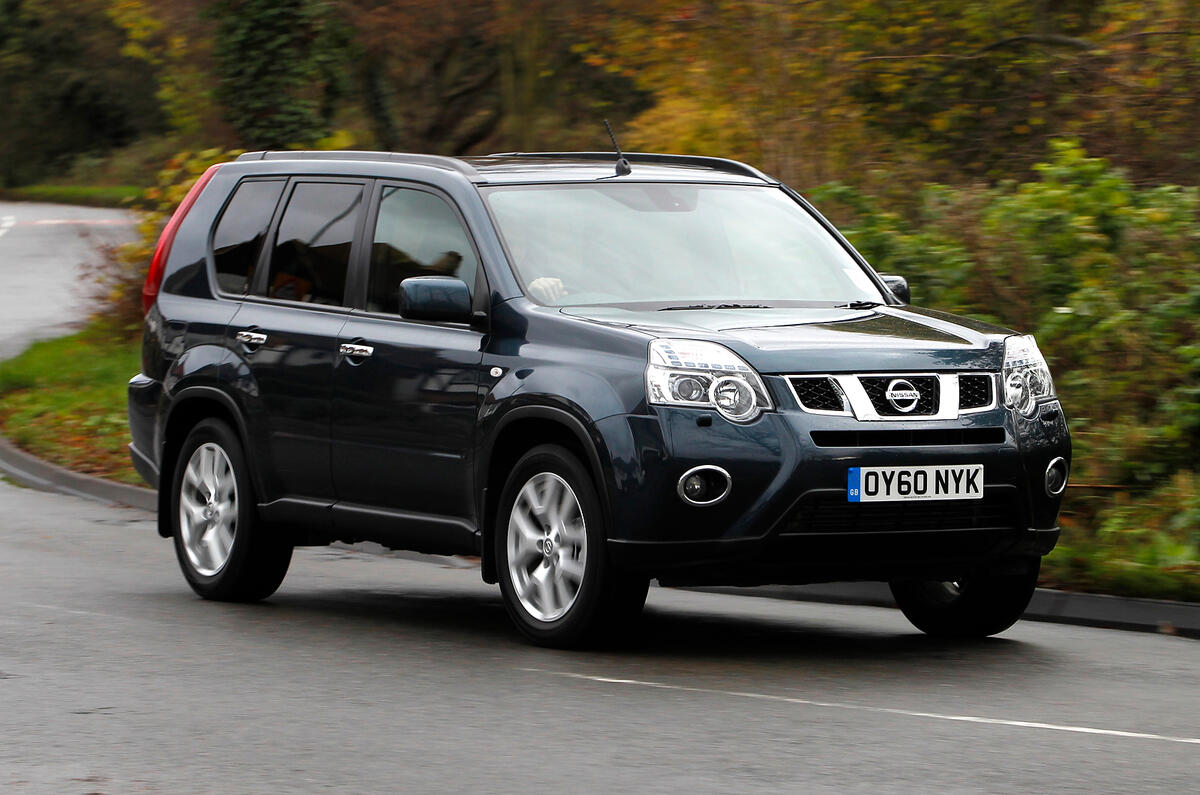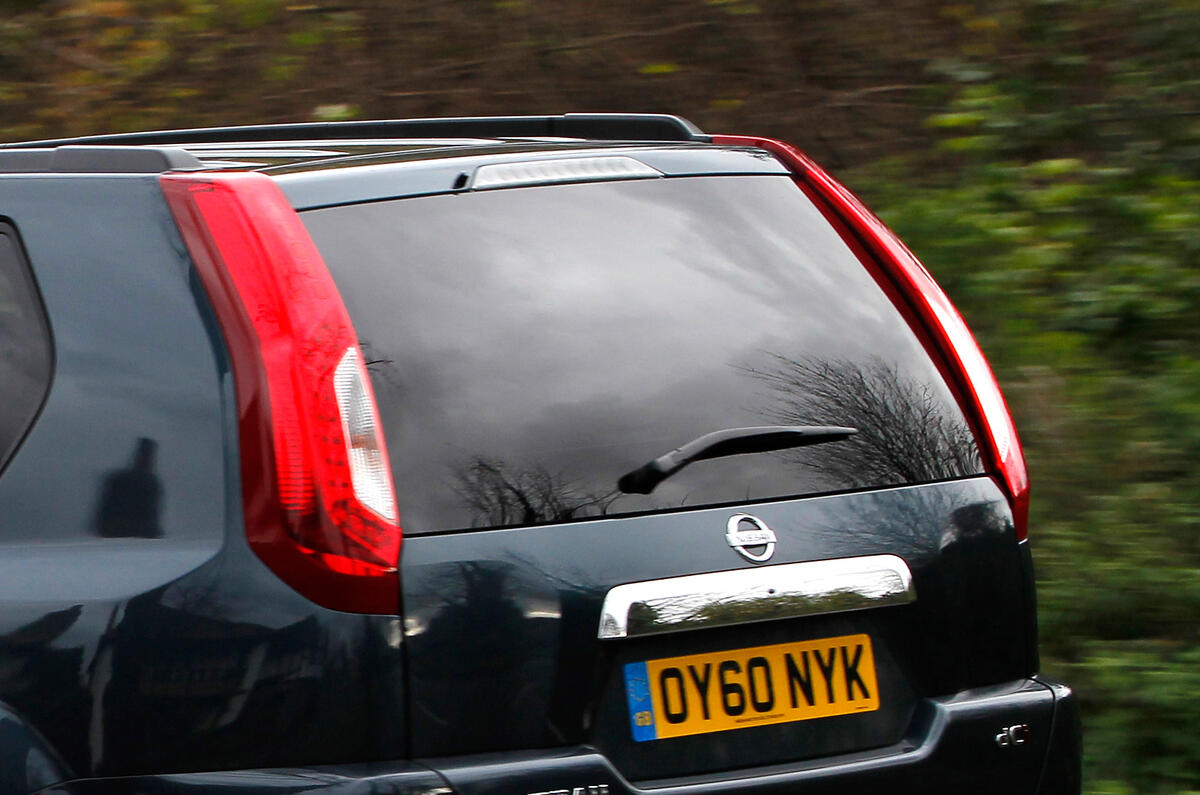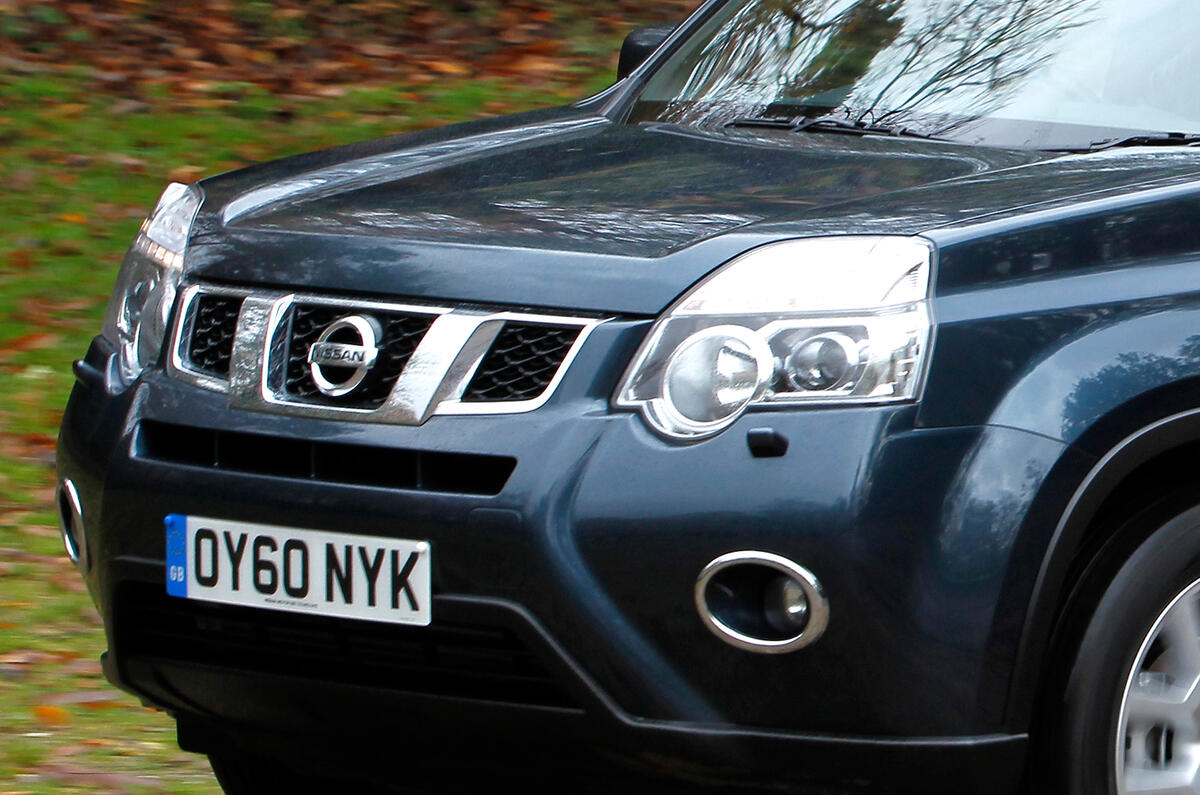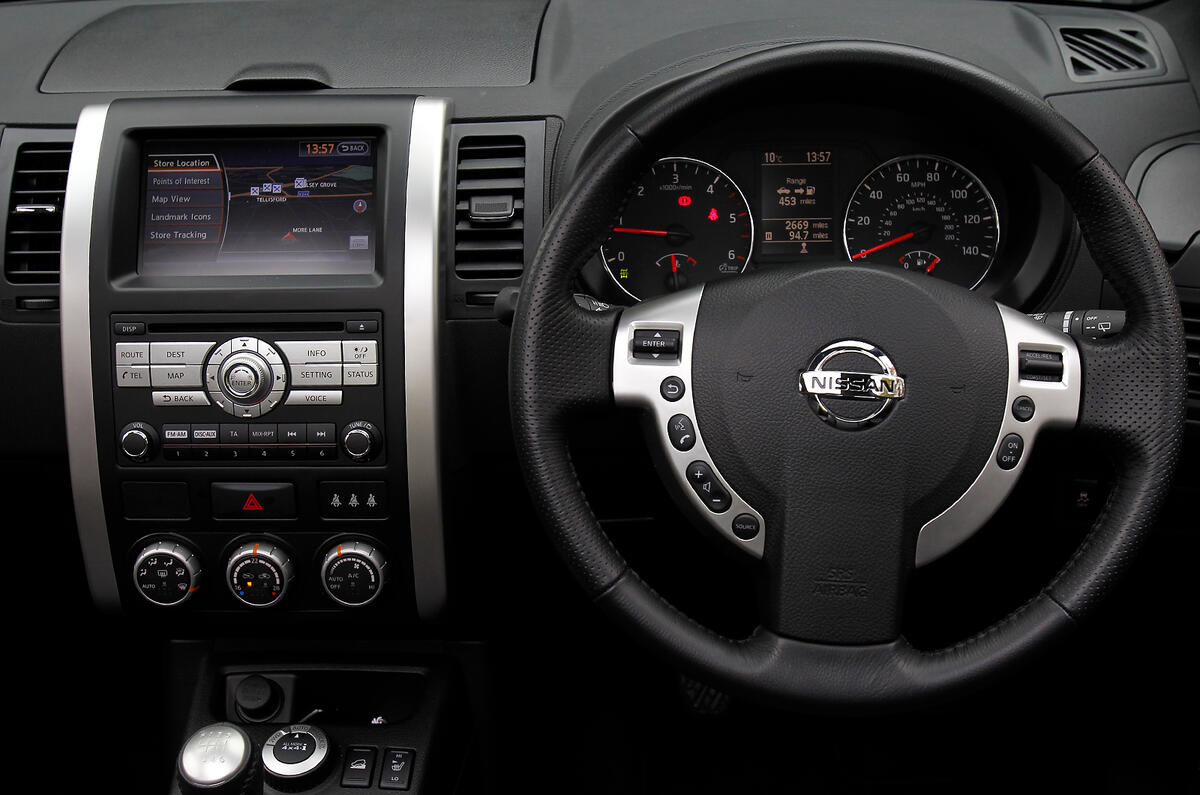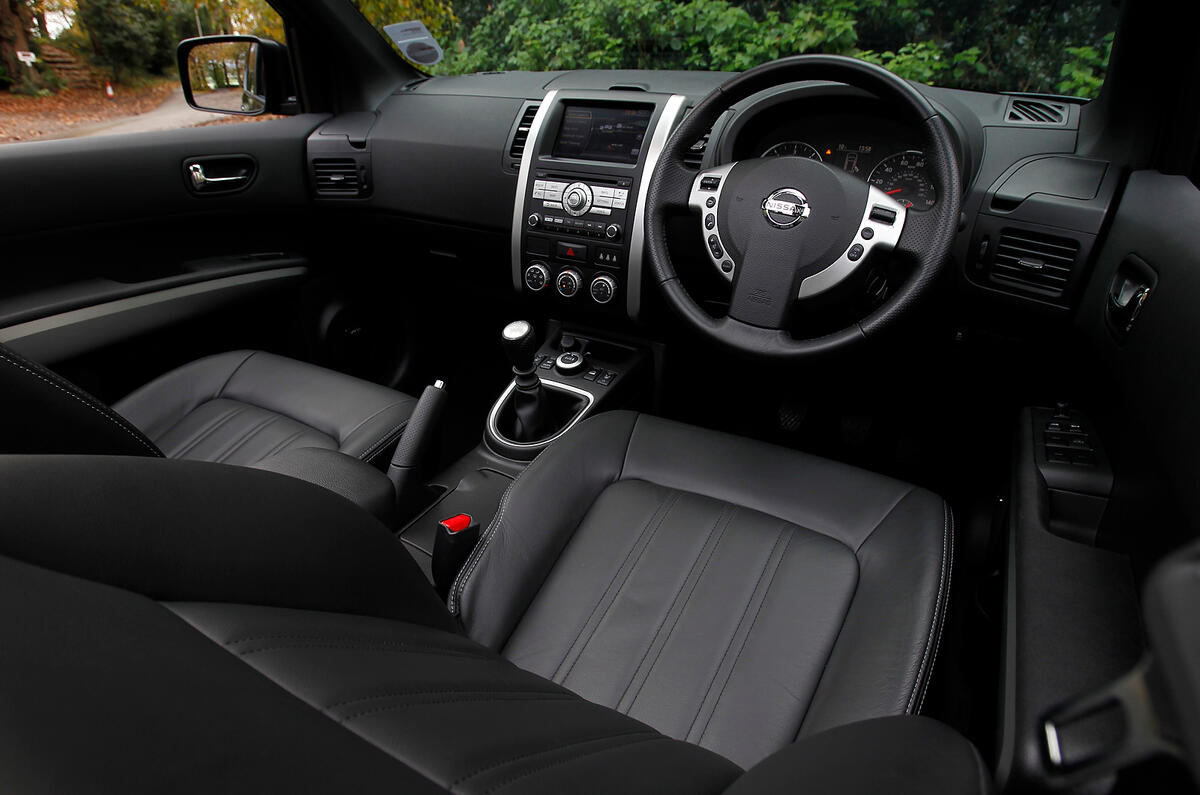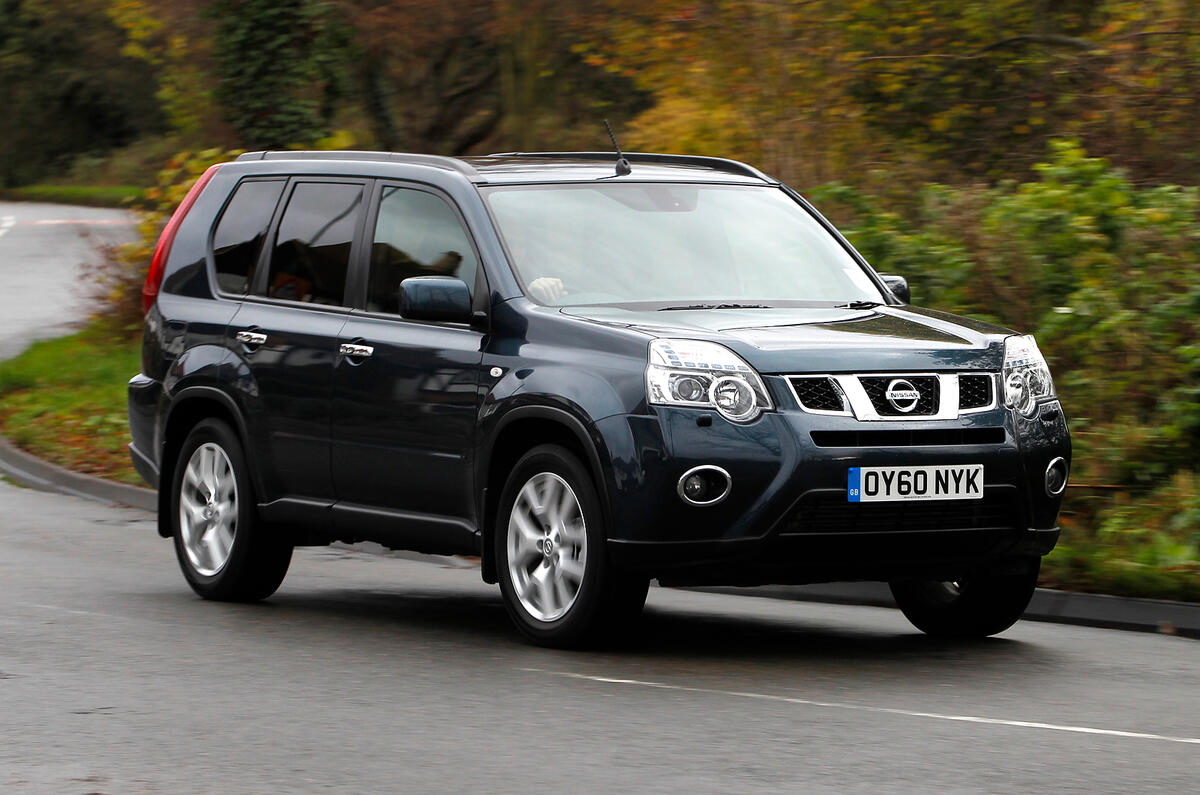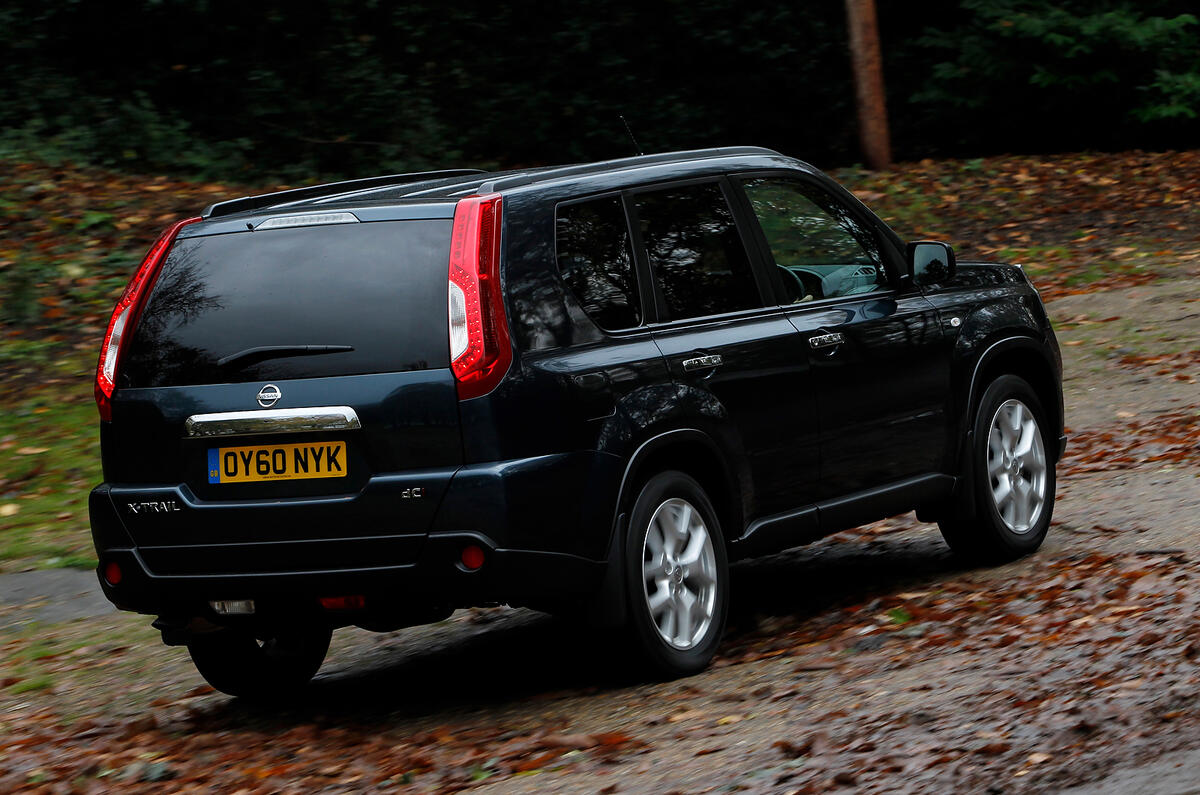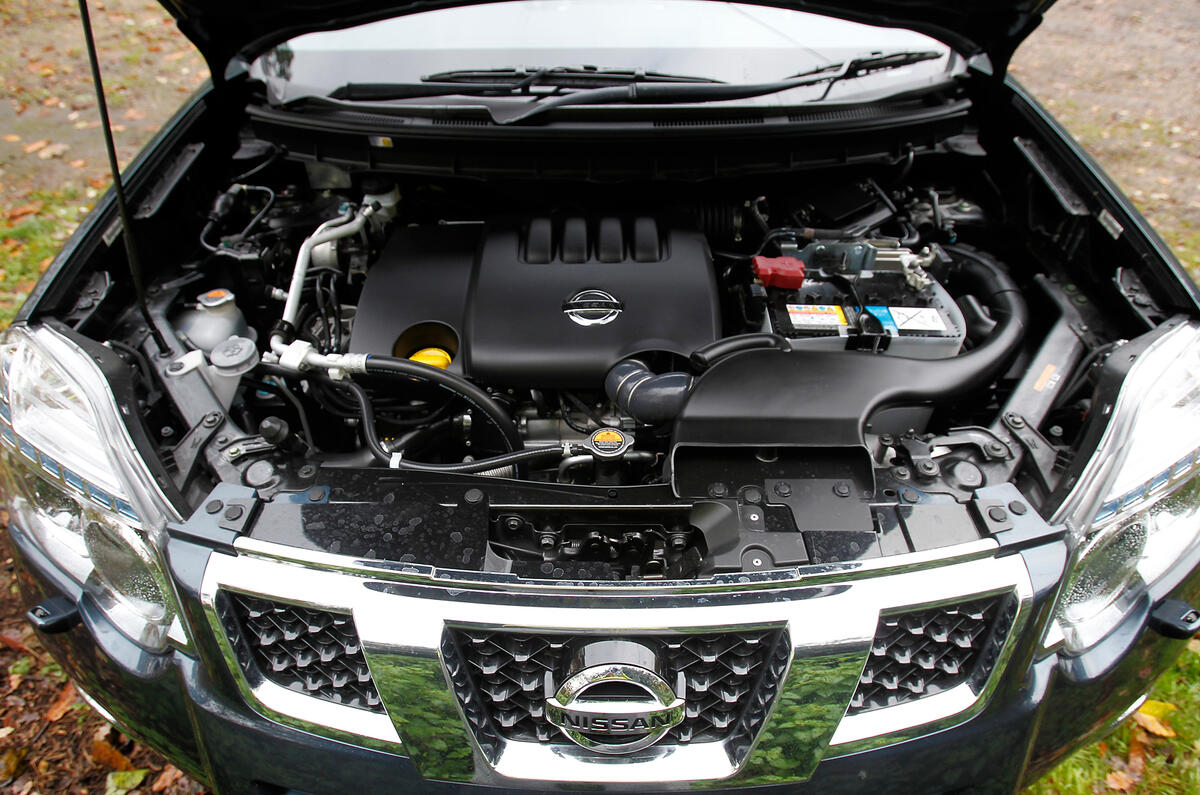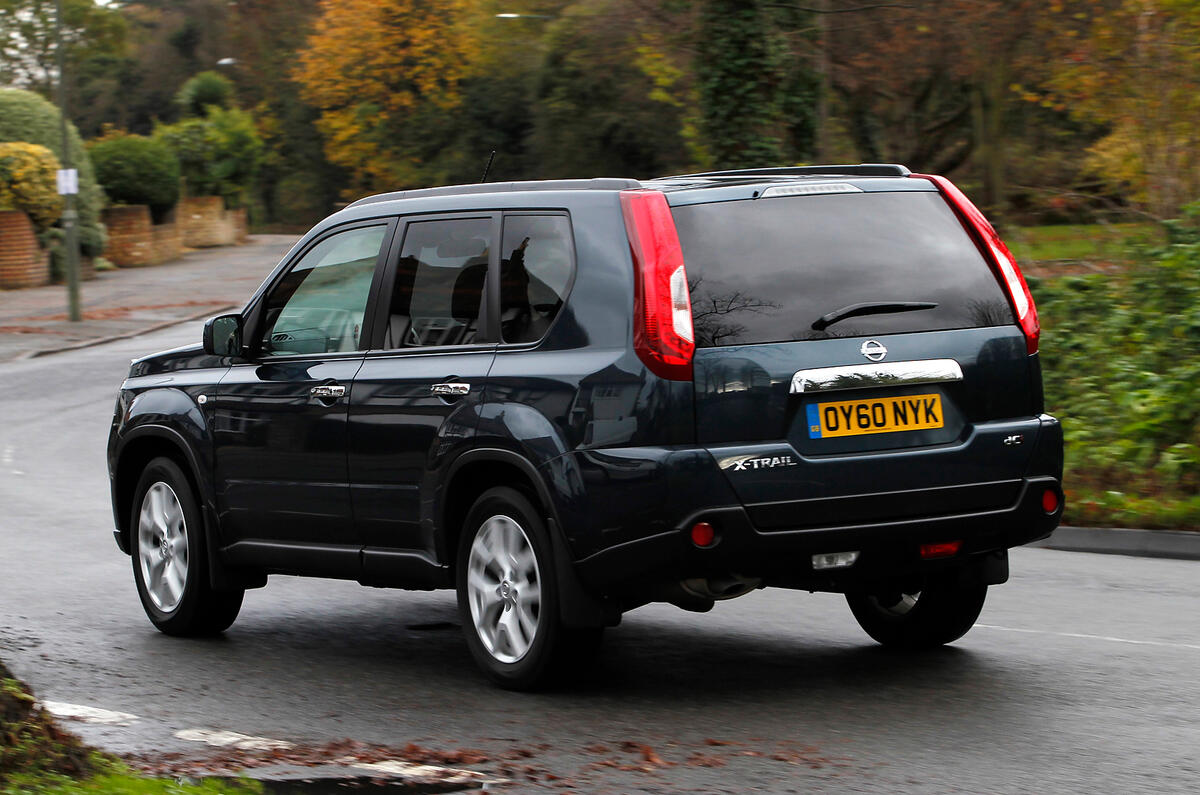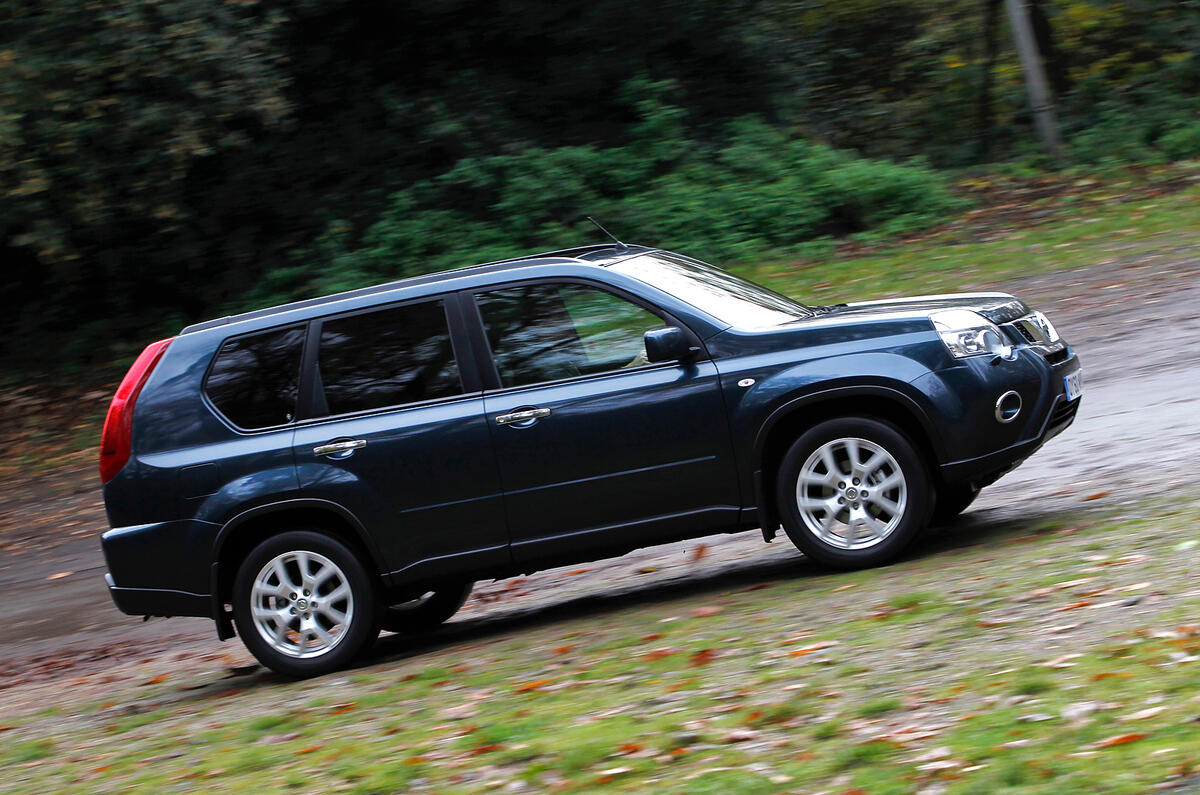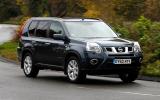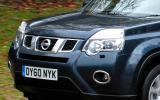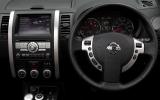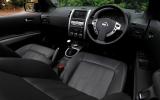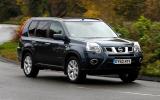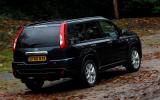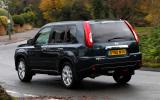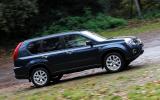Although the Nissan X-Trail was launched in 2001, Nissan’s off-road history does of course go back far further. Famed for its rugged series of large off-roaders, such as the Nissan Patrol, the firm conceived the X-Trail as a machine for snowboarders - the plastic-floored boot in particular a result of Nissan’s target audience.
What’s good and practical for winter sports fans translates to usefulness for SUV customers with the Nissan X-Trail being a tremendous success. Nissan expected to sell only small numbers of the original X-Trail, but ended up shifting a total of 800,000 over the following six years.
The compact SUV market is ever evolving though and Nissan re-launched the X-Trail in 2007, it subsequently having been revised in 2011.
Established rivals include Land Rover’s Freelander, the Honda CR-V, Mitsubishi Outlander and Toyota RAV4. Again in its current second-generation form it’s proved a successful model, with perhaps its biggest competition coming across the showroom floor from its crossover Qashqai relation. While not a direct rival the Qashqai offers some of the X-Trail’s height and promise of greater utility, but were the X-Trail aces the Qashqai is in its all-round usefulness.
Its automatic four-wheel drive giving it real go-anywhere ability - if not the mountain goat prowess of its key Land Rover Freelander rival - while the large, airy interior and usefully sized, shaped and accessed boot can swallow a lot of luggage. A useful towing device, the X-Trail is a popular choice for those hauling horseboxes, caravans and the like, too, its 2,200kg braked towing ability impressive.


